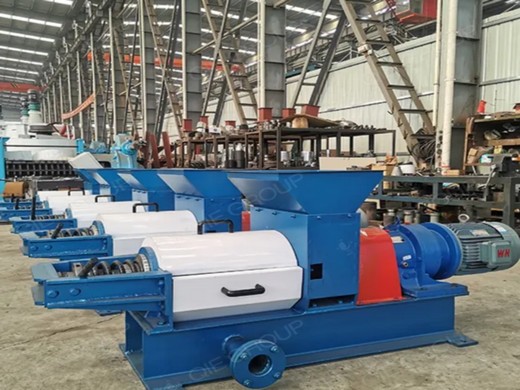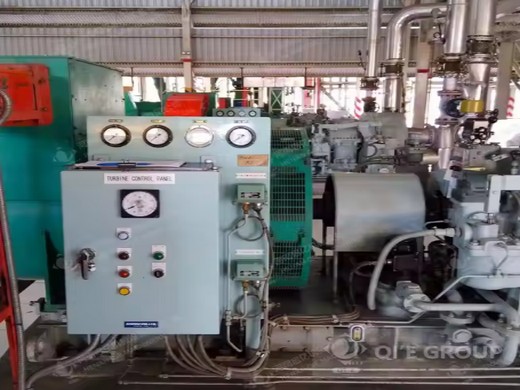Welcome to the Malaysian Palm Oil Board // About
About Palm Oil PALM OIL General Description. Palm oil is extracted from the mesocarp of the fruit of an oil palm species called Elaeis guineensis. In Malaysia, the high yielding tenera, which is a cross between dura and pisifera species, is the most commonly cultivated palm tree.
2 OIL PALM 2.1 Origin of oil palm. It is generally agreed that the Oil Palm (Elaeis guineensis) originated in the tropical rain forest region of West Africa.The main belt runs through the southern latitudes of Cameroon, Côte d’Ivoire, Ghana, Liberia, Nigeria, Sierra Leone, Togo and into the equatorial region of Angola and the Congo.
Palm Oils an overview ScienceDirect Topics
Palm oil is a good source of carotenoids. Based on the carotenoid content, crude palm oil color varies from yellowish to dark red. The main carotenoids in palm oil are α-carotene (24–42%) and β-carotene (50–60%). Palmitic acid and oleic acid are the main fatty acids in palm oil (more than 80% of total fatty acids and almost in equal amount).
Indonesia was producing 35% of the world’s palm oil in 2012, and India and are the importers of Indonesia’s palm oil. Malaysia. Currently, Malaysia is second in palm oil production after Indonesia with its overall production accounting for 39% of the global production, while its palm oil
Red Palm Oil: Healthy Oil or Environmental Hazard?
Red palm oil has garnered a good amount of both interest and controversy in recent years — much like coconut oil, but for different reasons.It has drawn attention for its potential effect on health, but it has also been the subject of intense debate regarding the effects that its production may have on the environment.
Palm oil is also a very bland cooking oil so it does not affect the taste of products. Palm oil also increases shelf life of pre- packaged food and finally, palm oil has a very high smoke point so it is perfect for rapid frying products such as 2 min noodles etc. Personal care and cleaning products use palm oil
Investor’s Guide to Palm Oil Toptal
The Global Palm Oil Market. As of year end 2015, 62 million metric tons of palm oil were produced with a production value of $65.7 billion. Over the last two decades, palm oil production has grown tenfold (at a YoY CAGR of 7.5%), with estimates that production will reach $93 billion by value or > 70 billion tons by volume by 2025.
The Global Palm Oil Market. As of year end 2015, 62 million metric tons of palm oil were produced with a production value of $65.7 billion. Over the last two decades, palm oil production has grown tenfold (at a YoY CAGR of 7.5%), with estimates that production will reach $93 billion by value or > 70 billion tons by volume by 2025.
Which Everyday Products Contain Palm Oil? Pages
You might not cook with it, but you almost certainly eat or use palm oil. Palm oil is the most widely consumed vegetable oil on the planet, found in many packaged products sold in the supermarket. While palm oil is the most efficient source of vegetable oil, its rapid expansion threatens some of the
Global vegetable oil production (2011) Palm oil has the color of a rich, deep red which is said to be derived from its rich carotenoid contents, which are known as pigments often found in plants and animals. Palm oil is a viscous semi-solid and a solid fat in temperate climate oxidative stability and results in high-quality and tasty
- Does Colombia produce palm oil?
- Following the economic liberalization of Colombia’s economy in the 1990s and then the 2002 election of former President Alvaro Uribe, the palm oil industry began a trajectory of rapid growth over the next 16 years. Today, Colombia produces more palm oil than any other country in Latin America and is considered the fourth-largest producer worldwide.
- Why is palm oil important in Colombia?
- Palm oil, together with ethanol, also forms the backbone to Colombia’s biodiesel industry, which by law must account for 10 percent of automobile fuel sold nationwide. Commercial oil palm cultivation in Colombia began in 1945 when the U.S.-based United Fruit Company established a plantation in the banana zone of the Magdalena department.
- What does Colombian palm oil agribusiness do?
- Workers CommunitiesContribution of the sector to sustainabilityThe Colombian palm oil agribusiness actively contributes to the targets of the Sustainable De of the Colombian palm oil se ment of oil palm cropsSectorial strategy for zero deforestationWe work together so that the companies that signed this agreement can demonstrate that
- What percentage of Colombia is suited for oil palm cultivation?
- The study showed that the ZIDRES correspond 75.5 percent with areas of the country deemed apt for oil palm cultivation. Fedepalma told Mongabay it worked alongside the agro-industrial association Agricultural Society of Colombia (SAC) to “analyze the legislative proposals” presented by ZIDRES.
- Will a ban on palm oil affect Colombia's biofuel industry?
- Earlier this year, Colombia’s palm oil industry and central government expressed concern that the European Parliament’s vote to ban the use of palm oil in all European biofuels by 2020 – due largely to concerns over environmental impacts – would negatively affect the industry in Colombia.
- What is palm oil?
- Palm oil is an edible vegetable oil, produced in specific geographic regions, which is extracted from the fruit of the oil palms and subsequently, distributed globally for use as an additive in biofuels, or as an ingredient in a broad spectrum of other products, including cosmetics, cleaning products, processed food, detergents and shampoos.






